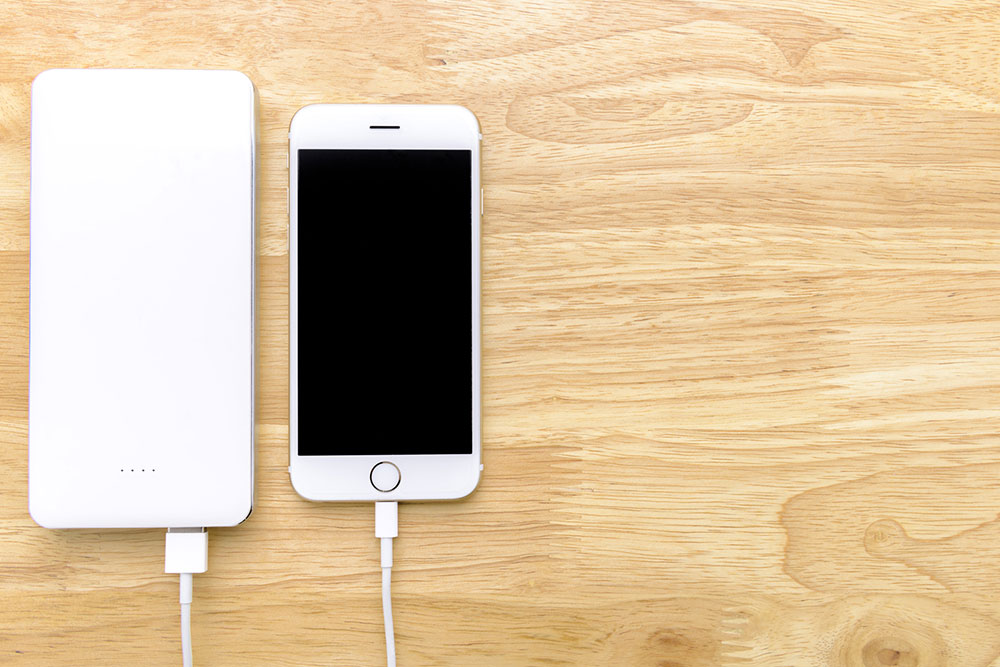7 common phone charging mistakes to avoid

Smartphones have replaced the need for many tools and gadgets and become an integral part of the modern lifestyle. But some habits are known to compromise their efficiency. Charging a smartphone, for instance, may appear to be a straightforward process, but how it is done significantly influences the battery lifespan, impact on electricity costs, and user safety. Here are some common charging mistakes that one should avoid to ensure the efficiency of the device.
Leaving the charger plugged into the socket
When a charger sits in the socket, it continuously consumes power, leading to increased electricity bills. Additionally, the heat emission from the transformer increases the risk of electrical fires, especially in humid air. To mitigate this, users should unplug chargers when not in use.
Charging the battery to maximum capacity
Smartphone batteries, especially lithium-ion and lithium-polymer, come with a set number of charge cycles. Consistently charging them to 100% tends to shorten their lifespan. It’s recommended to keep the battery charge percentage between 20% and 80% to expand lifespan.
Draining the battery fully before charging again
Similarly, regularly letting the battery reach zero before charging can lead to unnecessary strain on the battery and slowly result in a shorter lifespan. Users should aim for frequent, moderate charges instead of complete discharge cycles.
Using incompatible chargers
Using a charger with the wrong voltage or current can damage the smartphone’s battery or even pose a safety risk. To avoid this, it is crucial to use only the manufacturer-recommended charger for the specific smartphone model. Investing in quality chargers and cables can prevent potential damage caused by incompatible accessories.
Charging the smartphone overnight
While most new chargers automatically stop charging when the battery is full, it’s better not to leave the phone charging overnight. Charging overnight will waste electricity, spoil the battery charging cycle, and harm the device.
Exposing the smartphone to extreme temperatures
Extreme temperatures, whether excessively hot or cold, can adversely affect a smartphone’s battery health. Charging a device in direct sunlight or leaving it in a hot car can lead to overheating while using it in extremely cold conditions, resulting in reduced battery performance. Opting for moderate temperatures can ensure optimal efficiency and battery longevity.
Using the smartphone while charging
Using a phone during the charging process can lead to a noticeable rise in its temperature and exert strain on the battery. This heightened temperature, coupled with the charging activity, can accelerate the wear and tear on the battery over time.








